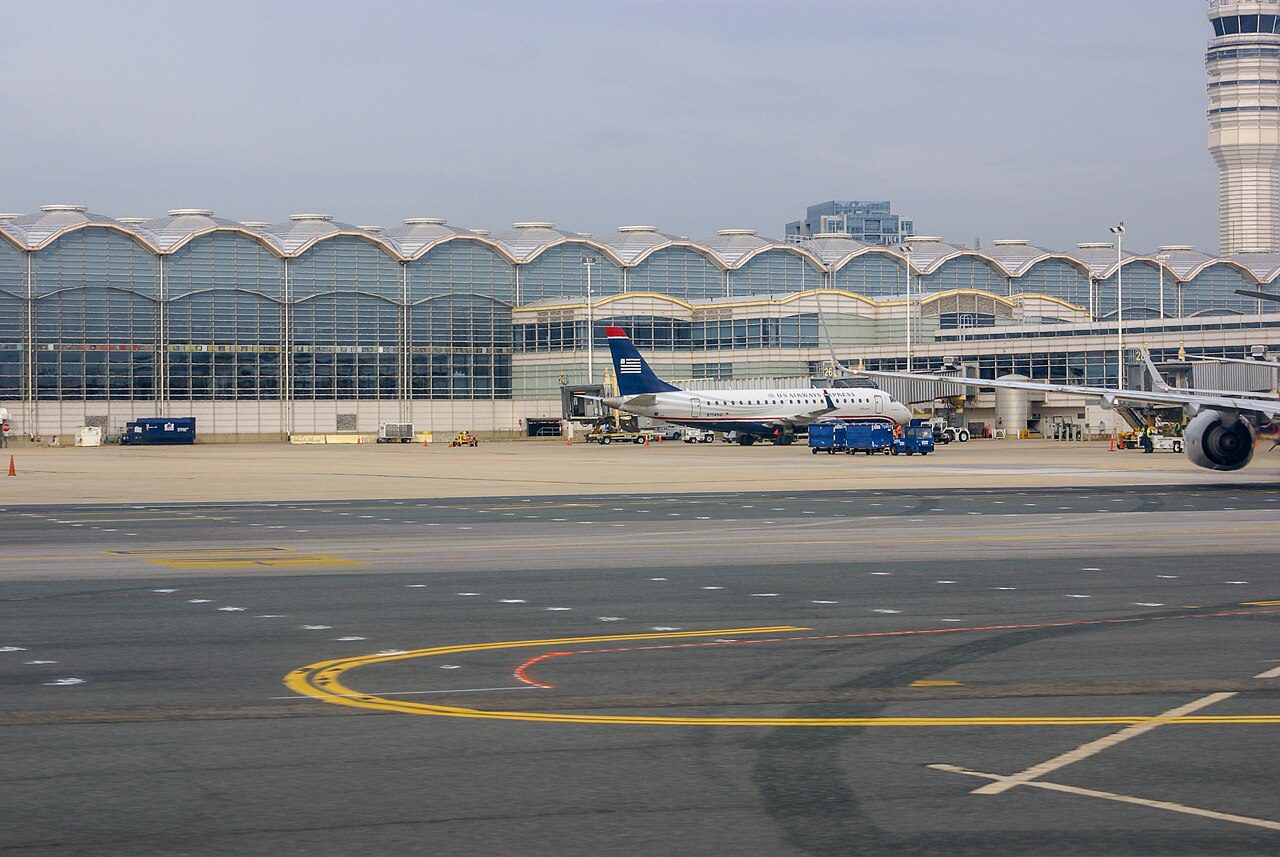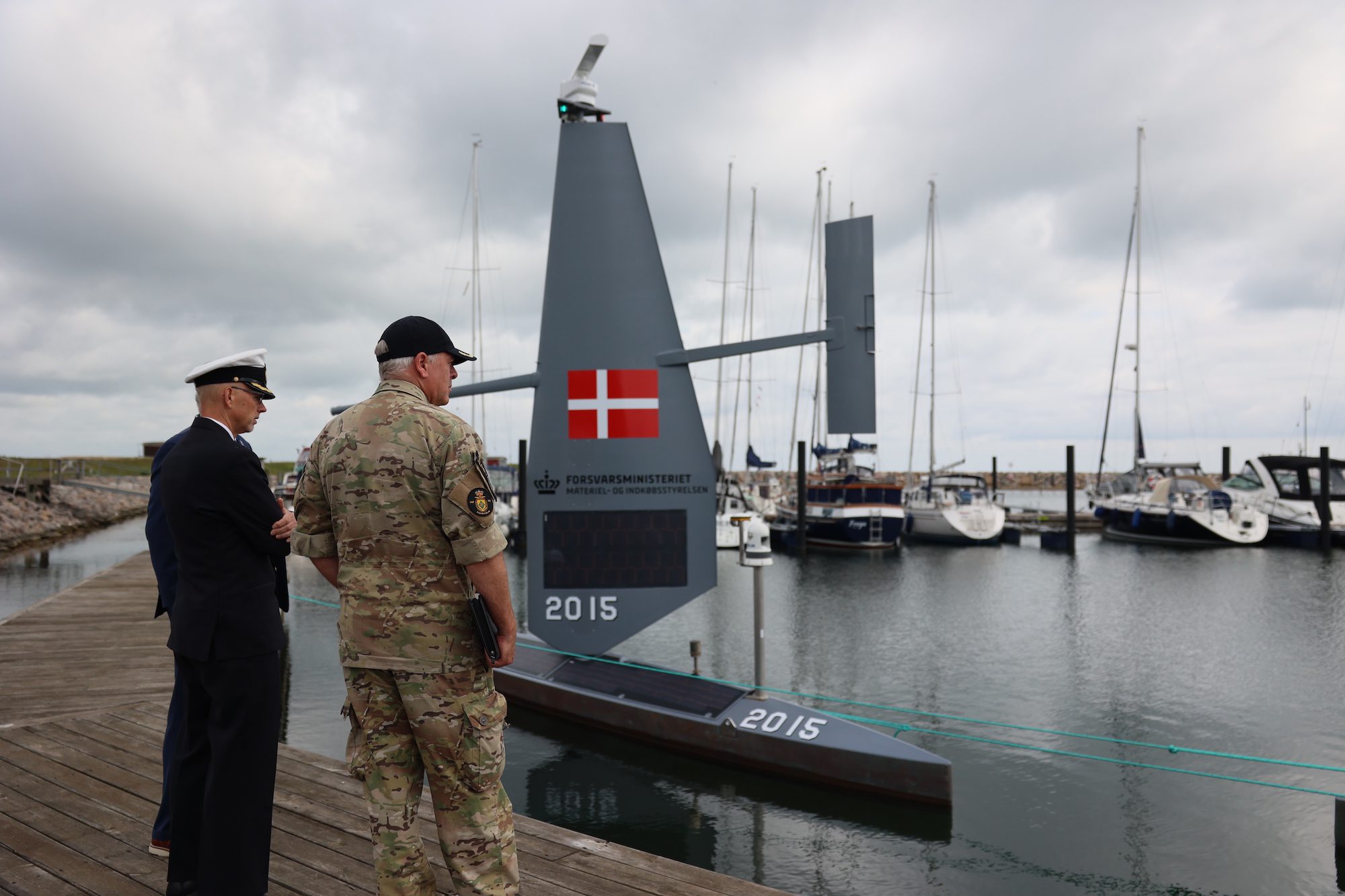By David Shepardson
WASHINGTON, March 27 (Reuters) – Testing of counter-drone technology near Reagan Washington National Airport by the U.S. Secret Service and Navy earlier this month led to numerous flight crews receiving faulty alerts of potentially nearby aircraft, the Federal Aviation Administration and a U.S. senator said on Thursday.
Senate Commerce Committee chair Ted Cruz at a hearing said the March 1 faulty alerts that caused some flights to abort landings were due to the government testing using the same spectrum band as the alerting system. That led to interference that impacted at least a dozen flights.
Cruz, a Republican from Texas, called the testing inappropriate and “deeply disturbing” after a fatal collision on January 29 between an American Airlines AAL.N regional jet and an Army helicopter killed 67 people. Acting Federal Aviation Administration Administrator Chris Rocheleau confirmed that Cruz’ account was correct.
“The FAA had previously warned the Navy and the Secret Service against using that specific spectrum band due to interference risks,” Cruz said. He added that the committee plans to investigate what happened.
The Secret Service and Navy did not immediately respond to a request for comment.
The FAA said earlier that some of the crews executed go-arounds as a result of the alerts that aim to prevent collisions and is investigating why the alerts occurred.
There has been intense focus on traffic at the airport, which has the single busiest runway in the United States, since the January 29 collision.
Airplanes and pilots use Traffic Alert and Collision Avoidance System alert systems to warn of potential collisions. They function independently of ground-based air traffic control.
Over the last two years, a series of troubling near-miss incidents has raised concerns about U.S. aviation safety and the strain on understaffed air traffic control operations.
(Reporting by David Shepardson; additional reporting by Idrees Ali, Editing by Franklin Paul and Bill Berkrot)
(c) Copyright Thomson Reuters 2025.

 Join The Club
Join The Club











